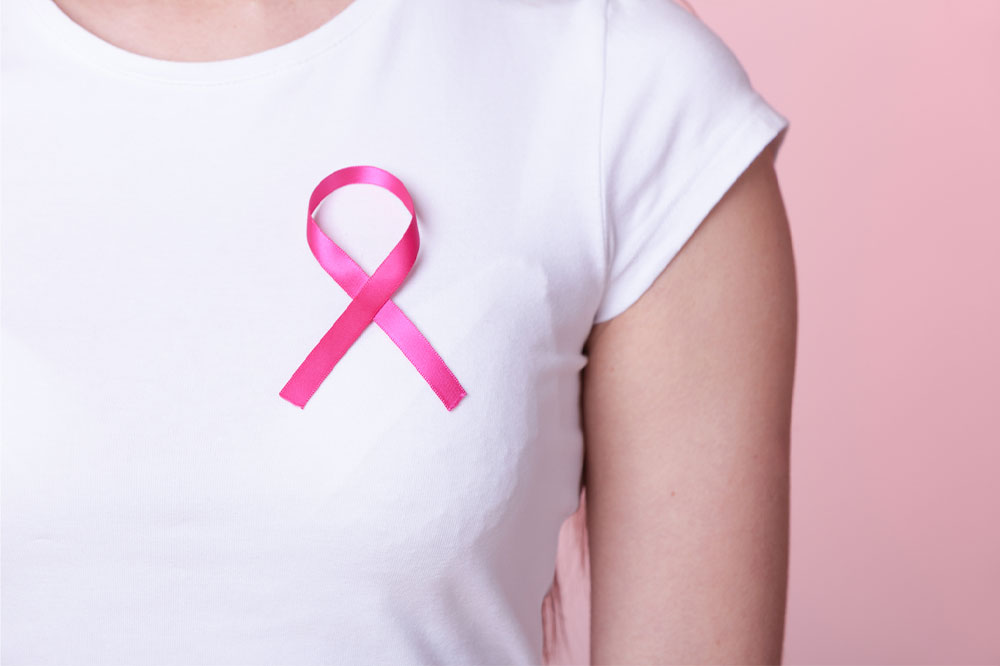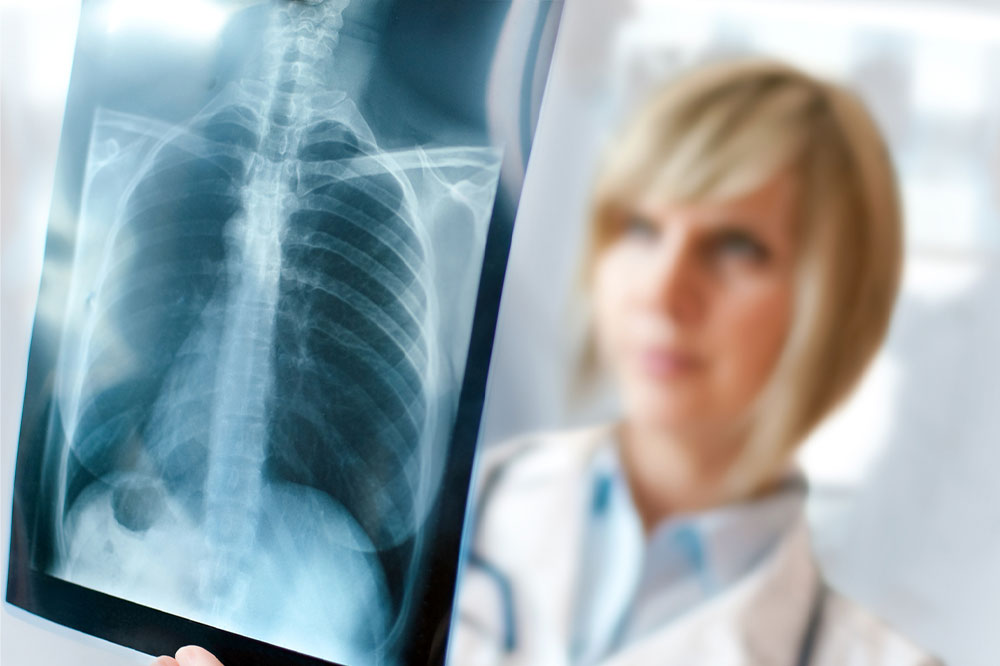Breast cancer – Early signs and management tips

Breast cancer develops in the breast cells. It may affect either or both breasts and can begin in any part of the organ, such as the lobules, ducts, or nipples. The condition can spread to other body parts when the cancerous cells enter the bloodstream or lymph system. This article lists a few early warning signs of breast cancer individuals should look out for to ensure timely diagnosis and treatment.
Beast itchiness
Although itchiness of the breasts may not always imply breast cancer, persistent itching is one of the early signs of the disease. Some people may notice crust formation due to itching. In advanced stages, the itching may progress to the breast tissue, leading to the development of a lump.
Lump on the breast
Most breast lumps are benign and harmless; however, some may indicate cancer and must not be ignored. Breast lumps caused due to cancer are usually hard, painless, and uneven and differ in shape and texture from the surrounding skin. They are typically fixed to underlying tissue, like the chest wall.
Changes in breast texture
Another early sign of breast cancer is a marked change in the texture of the breasts. The affected breast may feel tender, warm, or hard to touch and swell up.







